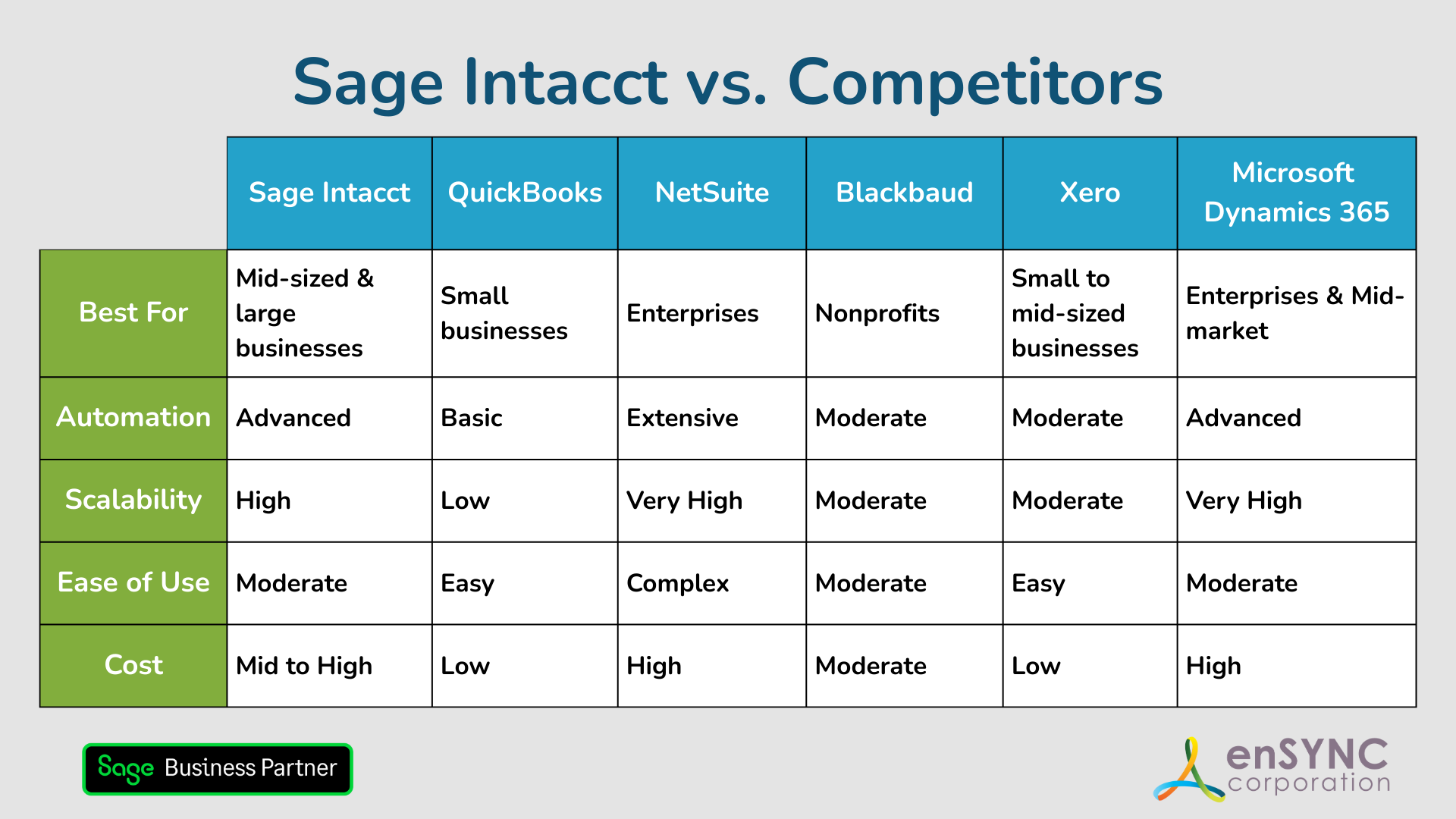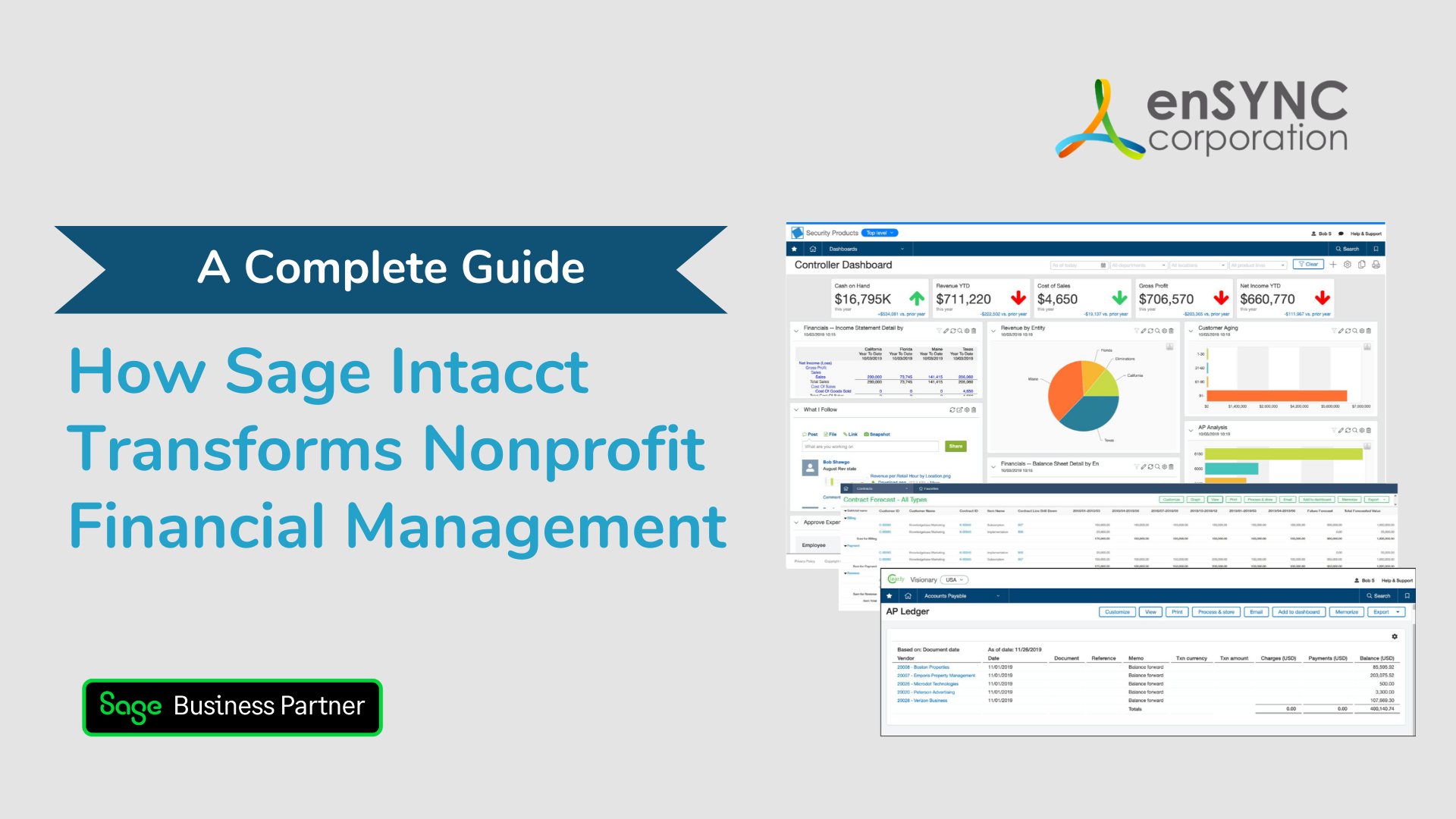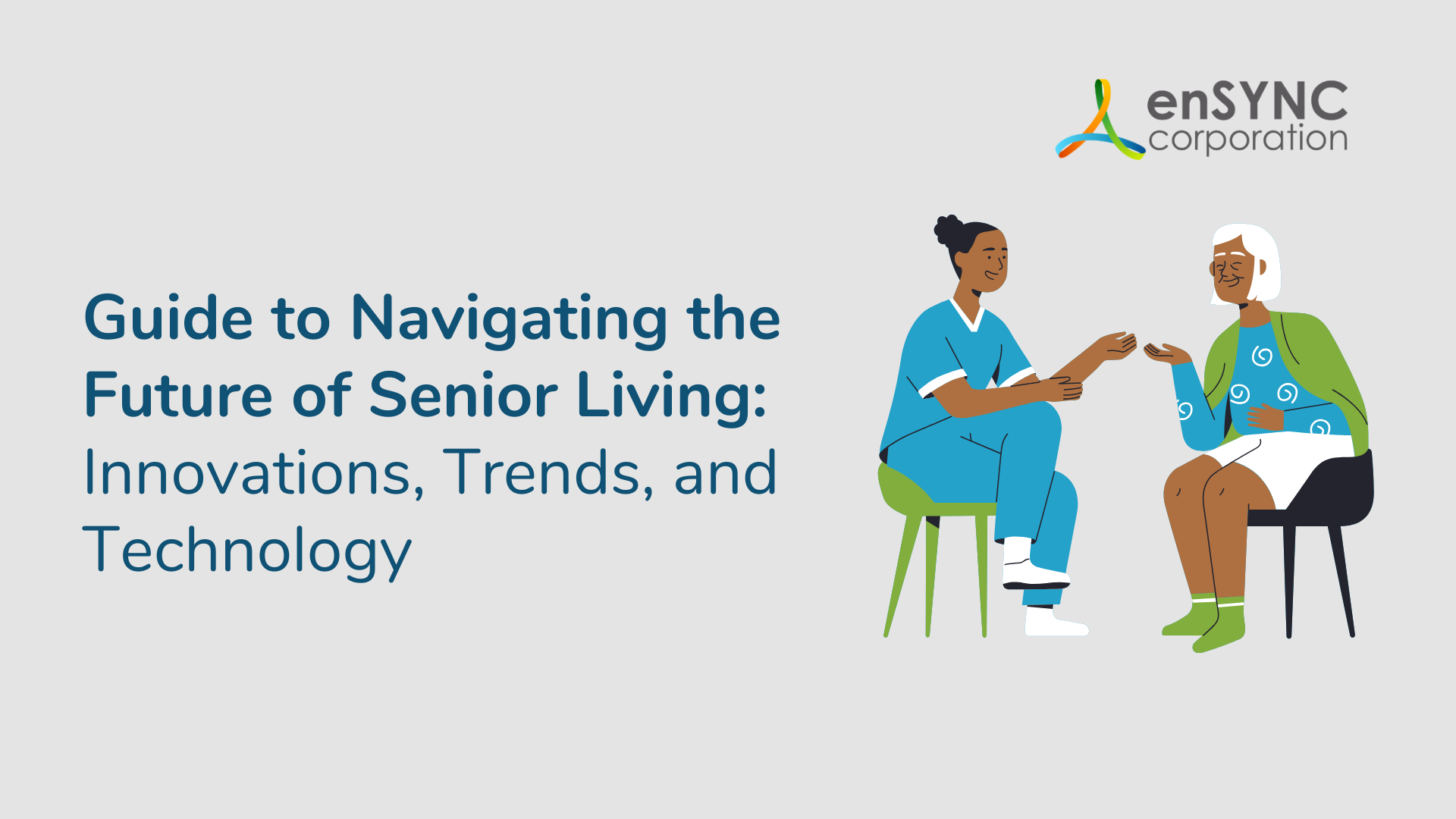Strategy & planning | Industry insights | Nonprofits
What Your Organization Needs To Know About Nonprofit Advocacy
September 18, 2019
|
Most nonprofits focus their energies on social change. From healthcare access for vulnerable populations to ending homelessness, their mission is clear and they’re targeted toward improvement.
That said, it’s becoming increasingly obvious to those who work in the nonprofit sector that the current political climate is having a less-than-positive impact on the communities we proudly serve.
When You're Mission-Focused, Advocacy Should Be at the Top of Your Agenda.
Advocates, which we are defining as individuals who publicly support a cause, are the best people to involve in your organization at all levels. Research shows that engaged policy advocates are significantly more likely to donate to your organization than non-advocates.
They are also more responsive to appeals, which means that if your fundraising campaign involves an advocacy-based call to action, you are going to get better results.
Principles & Strategies for Effective Advocacy
For organizations that aren’t already engaged in public advocacy, the process can be intimidating. Understanding the basic principles and strategies for effective advocacy can help set the foundation for the advocacy that you end up doing.
Ease in... then lean in.
Organizations often don’t jump into advocacy because it seems so daunting. Where do we plug in? Do we need to hire a lobbyist? Are there things we can and can’t say with regards to our nonprofit status?
We recommend starting small. Don’t feel like you have to do everything at once. Some small steps could be:
Find a coalition meeting that someone from your organization can attend; convene a small group of donors to explore their legislative relationships and advocacy interests; or get your organization to join an open, sign-on letter.
Then, as you grow and as your confidence grows, partner with other organizations and individuals that are doing important work that relates to your mission. Don’t feel like you have to be the leader right away. Instead, become an active and engaged follower and learn from others who are getting it right.
Build your voice with the 5 W's.
An organization’s Board of Directors and staff should carefully consider the What (to advocate for), the Why (are your mission and vision being fulfilled?) the Who (who will be responsible for overseeing this part of your work?), the Where (how does it affect your community?), and the When (what is the best timeline for engagement?).
You also need to take into consideration the How (which tactics might you engage in to make your point?).
Cover your ground.
While advocacy and lobbying are often used interchangeably, they’re in fact two different activities with different rules that go along with them. “Advocacy” is an umbrella term that encompasses a large number of activities, including lobbying.
Advocacy also includes:
- Educating the public
- Grassroots organization
- Researching policies
- Writing position papers or statements on issues
- Registering voters
- Building and participating in coalitions
- General election activities
Additionally, boycotts and litigation, in addition to direct action (disruptive behavior), are types of advocacy.
One way to think about advocacy is that it includes any activity that elevates the organization’s voice, as well as the voices of like-minded individuals and groups, with the general public as well as the policymakers in charge.
In other words, this is your prime opportunity to partner with others to make a difference.
Know your bounds.
Nonprofits can certainly engage in elections at every level. However, IRS determination will decide every organization’s options for action. Foundations both public and private as well as other 501c3 organizations are able to conduct nonpartisan election activities. This might include get-out-the-vote efforts like voter registration or educating voters about the issues at stake in the upcoming election.
501c4 organizations who are interested in endorsing candidates for office can do so, but there are rules related to this activity. If the organization wasn’t formed for the primary purpose of partisan political activity, they’re able to make the endorsement. That said, there’s no specific definition of a primary purpose by the IRS, so use some discretion.
Additionally, 501c4 organizations can contribute directly or in-kind, whether it’s to a specific candidate, a certain political party, or to political action committees (PACs) that provide candidates with support. Unlike some nonprofits, 501c4s are permitted to organize activities that support (or work against) a candidate.
Use advocacy software to your best advantage.
Advocacy software is an exciting new development for nonprofits. These software programs streamline multiple methods of advocacy, including email, text, social media, direct action strategies, and more.
Make sure that you know what software is out there and how it can be used to your benefit. The best software will mobilize your members and supporters and create communication lines between you and the leaders of your movement.
The best software will mobilize your members and supporters and create communication lines between you and the leaders of your movement.
Bring In Marketing.
Your marketing team is a valuable asset in developing your advocacy voice. You should make sure that they are involved from the very beginning as you determine your best next steps. How will you craft your messages effectively? How will you stay on topic and not get sidetracked by parallel issues? How will you get people on board with your mission?
How to Build Your Organization's Advocacy Toolkit
We love the idea of an “advocacy toolkit.” This collection of documents, information, links, videos, and contact information is an excellent resource for your members, especially because they care about many of the same things that you do, but perhaps lack the expertise that you have.
Look at other organizations’ toolkits to understand more about what to include and how to format this important resource.
Get the board to buy-in.
You are going to need the support of your Board of Directors before diving into advocacy. You can explain to them the importance of advocacy for advancing social change, but don’t neglect to communicate the ways that advocacy can also help your organization grow. A supportive BOD will help a lot.
Build a resource center on your website.
Your resource center should be easily accessible to website visitors. The toolkit should be housed in this resource center, along with some other key components. Let’s go over some of the things your resource center should include!
Explain the Why
Explain to website visitors exactly what legislation you are trying to impact and why. What specific change are you trying to make to policy? How does this relate to your mission as an organization? And how will this help solve the problems that your nonprofit works to resolve?
Resources for Reaching Congress Members
The content of this section will depend on the scope of your organization. If you work in one community or state, you can easily provide information about just the lawmakers in your district or state. However, if you have a multi-state or national presence, you will need to provide more information.
How To Find Your Lawmakers
Visitors to your website don’t want to just be told: “contact your lawmaker today!” Rather, they want to be given clear, concise instructions about how to do that. There is no central database of Congress email addresses, but you can help people find their lawmakers by directing them to House.gov’s Find Your Representative tool.
Show The Process, Not Just the Results
Transparency impacts giving. Donors give more to transparent organizations, and you have the opportunity to share your process in a way that informs donors while building your reputation as trustworthy.
Advocacy Can Help You Make a Difference.
Advocacy matters. Even though some nonprofit organizations hesitate to engage in advocacy work because they aren’t sure what to do or how to get involved, that doesn’t have to be you. Your organization advances the causes that are important to you while building your own sustainability through advocacy.
Contact us to learn how enSYNC can help you find the technology that will support your advocacy goals!
Recent Posts

Sage Intacct vs. Competitors: Finding the Best Accounting Solution for Your Nonprofit
Choosing the right accounting software is a critical step for any organization — and a deeply personal one, too. How to choose the accounting...

How Sage Intacct Transforms Nonprofit Financial Management: A Complete Guide
Staying on top of financial management is crucial for all businesses, especially nonprofits. Nonprofits often have limited resources and handle...
Enjoying our blog?
At enSYNC, we want to empower associations and nonprofits to make well-educated decisions. If you want our industry knowledge (and other free guides) sent directly to your inbox, fill out the form below.


